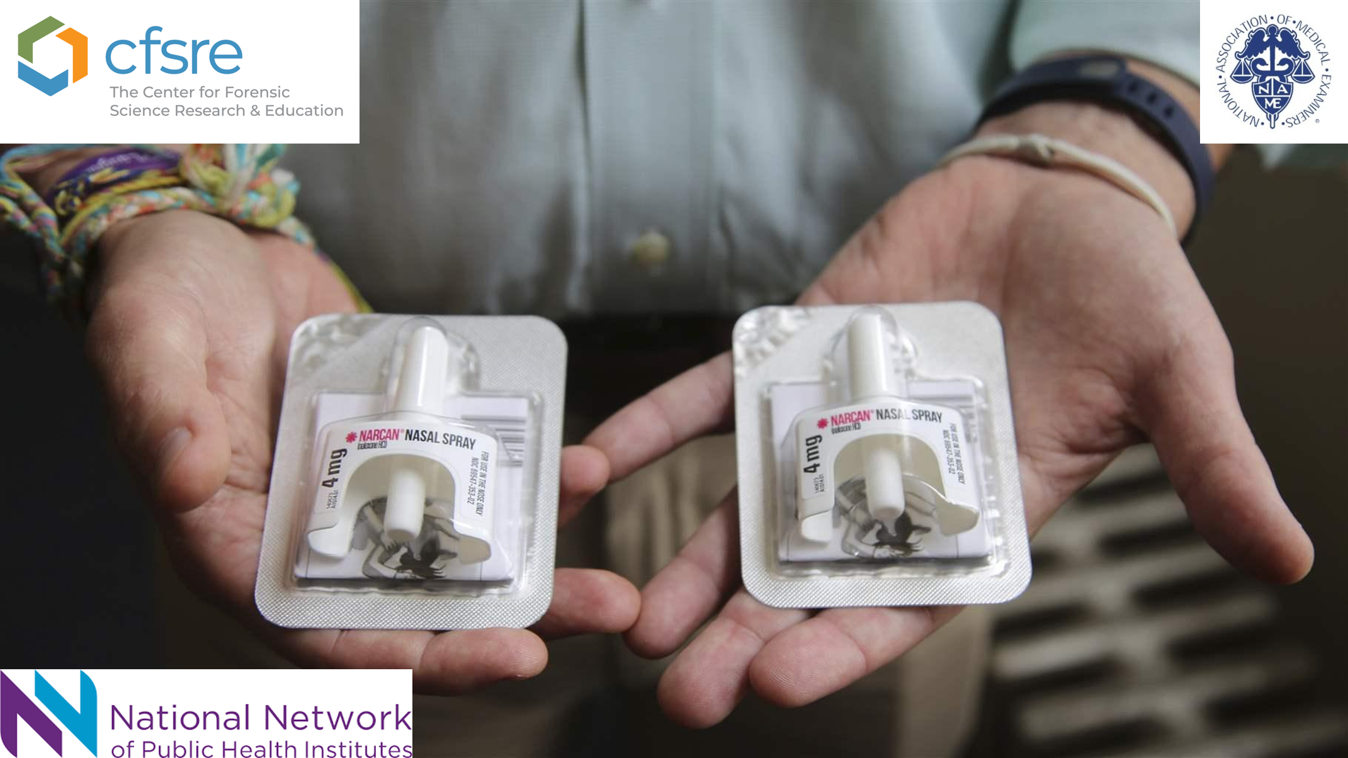 |
Login
When: This event originally occurred on February 4th, 2022.Presenter: Dr. Deborah Johnson , Forensic Pathologist at Pikes Peak Forensics, Canon City, CO
This event centers a discussion about naloxone reversals that fail to prevent death around a 78-year-old patient with a history of severe peripheral vascular disease who was admitted to an outside hospital for right lower extremity ischemia. She was transferred to a teaching hospital in a neighboring city where she underwent a femoral cut-down, bypass graft stenting, and endarterectomy as well as a fasciotomy beginning at 11:45 pm for four hours, not being transferred to the floor until around 8 am. She did well that day, except for post-op pain issues on a regimen of oxycodone and fentanyl. She was given 20 mg of oxycodone PO and 50 µg IV by the Pain Service at 12:18 AM and became unresponsive about 1:30 AM. After two 0.4 mg doses of naloxone, she recovered. Twice more she became hypotensive and unresponsive, but naloxone wasn’t given after she woke up spontaneously on her own after the first of these episodes. After the last one she was intubated. The clinical team felt she had had a retroperitoneal bleed, and stated that her abdomen was distended, although an ultrasound failed to find any evidence of this. Falling hemoglobin values were likely dilutional as during her brief hospitalization she gained over 10lbs of water weight. She started receiving the first of four units of packed red cells at 8:00 AM. Other thoughts invoked an ischemic bowel or pneumonia resulting in sepsis to explain her sudden deterioration. At 8:45 AM she went into cardiac arrest, was revived with ACLS protocols, but went into arrest again two more times after which her family requested efforts stop. Death was pronounced at 12:54PM. and reported the death to the MEO as being due to “Cardiopulmonary collapse d/t Sepsis d/t Pneumonia”, natural manner. This proved to be wrong. This case illustrates the errors that can be made when dealing with opioid prescribing – not having an accurate picture of what the patient’s usual opioid tolerance is, forgetting to take into account that the elderly do not metabolize opioids as fast, and not remembering that naloxone has a short half-life compared to opioids and may need to be given multiple times until respiratory depression has been permanently averted. Even though a patient tolerates a new opioid regime during the day, they most likely would not reach steady state concentration until 5-6 elimination half-lives have passed – in her case after midnight when there are fewer people around to monitor her. The MEO needs to have a high index of suspicion that a toxicological cause of death is present when decedents are prescribed opioids, especially if they have a history of recent reversal by naloxone. Problems arising from naloxone use include allergic reactions and precipitating a withdrawal state that may lead to physiological problems, such as pulmonary edema, or unmasking the negative effects of other psychoactive drugs that are present. Patients may rouse from unconsciousness to be combative and endanger their rescuers. Fentanyl/fentanyl analogs present problems for naloxone reversal, first because they are faster acting; second, because they are much more potent than the morphine family of narcotics and require much more naloxone to reverse respiratory depression; and third, because F/FAs may cause rigidity to rapidly develop in the diaphragm and respiratory muscles as well as the vocal cords (laryngospasm) that naloxone does not reverse, making intubation and chest compressions impossible. Even contraction of upper extremities can occur. Anesthesiologists have been aware of this “wooden chest syndrome” for decades and can quickly treat it with muscle relaxants followed by intubation and administration of naloxone. The rigidity is believed to be a result of centrally mediated noradrenergic and cholinergic effects of F/FAs, acting through the locus coeruleus in the pons. The rapidity with which it develops can prevent F/FA overdose victims from lasting long enough for help to arrive.
Detailed Learning Objectives:
*Funding for this training was made possible by a cooperative agreement between the National Network of Public Health Institutes and the Centers for Disease Control and Prevention [6 NU38OT000303-03-02]. The views expressed in written conference materials or publications and by speakers and moderators do not necessarily reflect the official policies of the Centers for Disease Control and Prevention nor does mention of trade names, commercial practices, or organizations imply endorsement by the U.S. Government.
Click the Login button below to register for this course! |